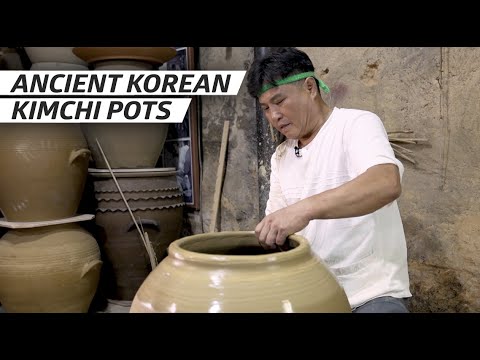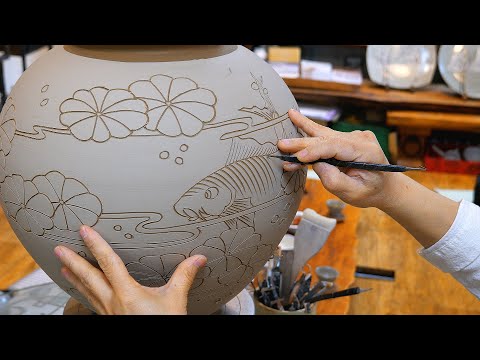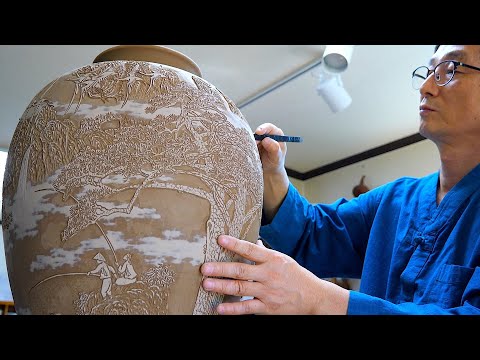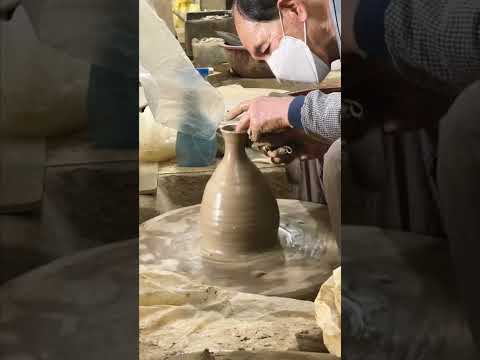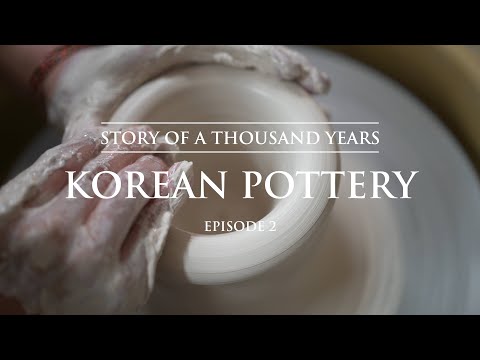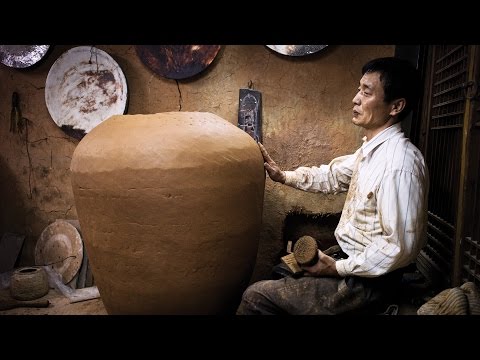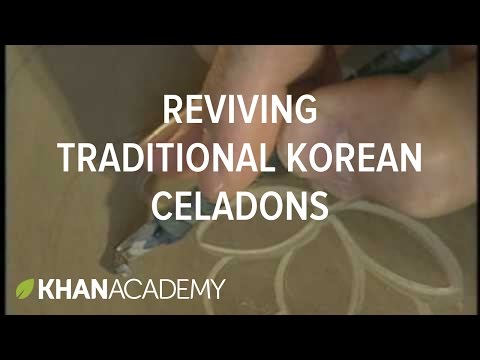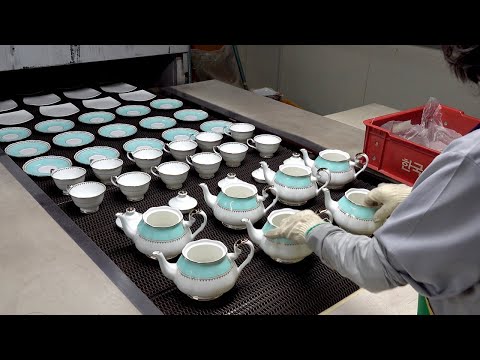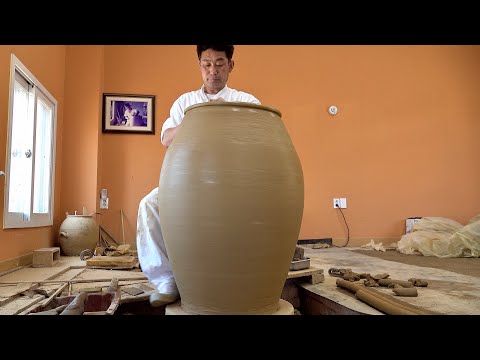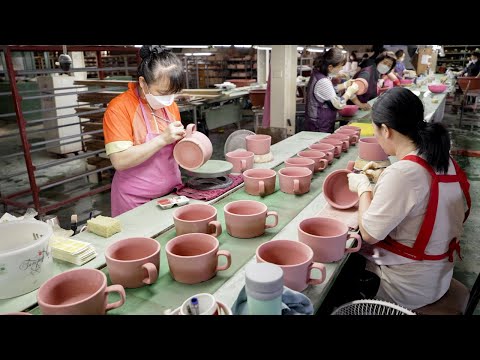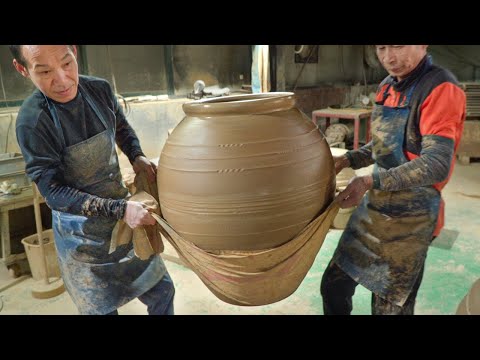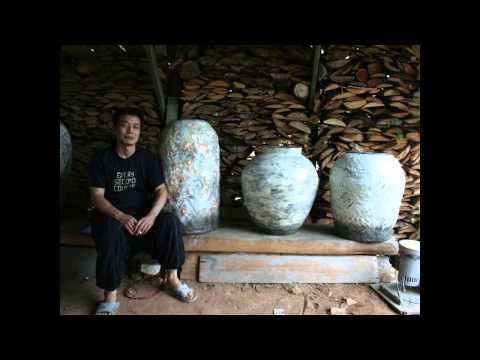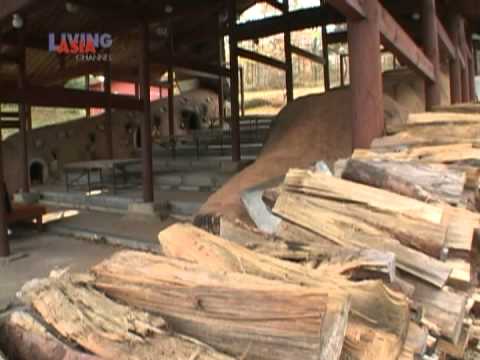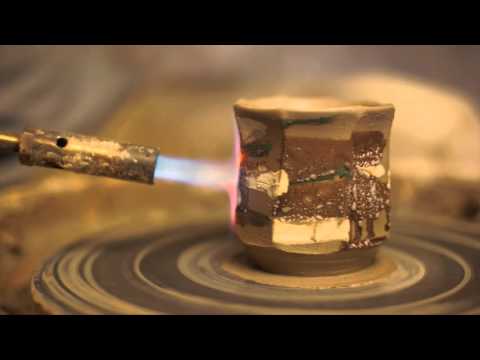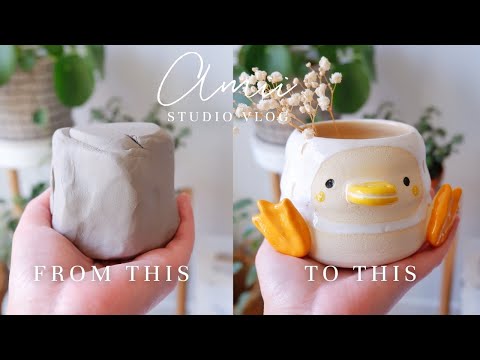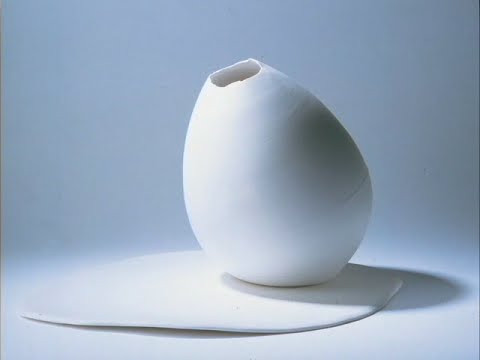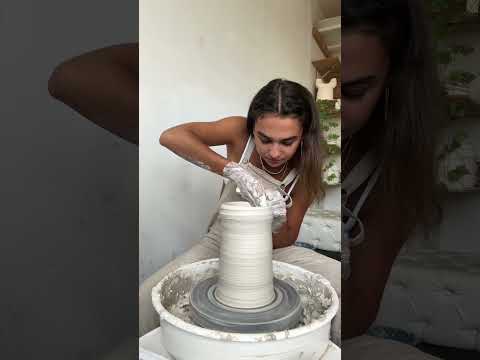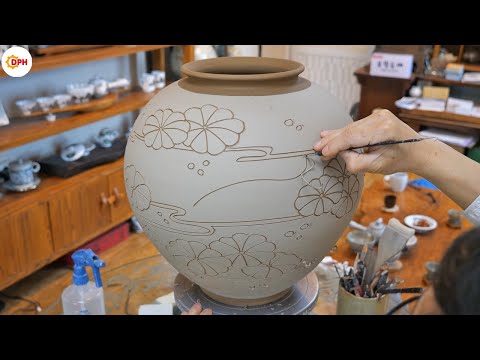First off, let’s talk about Celadon. This is probably one of the most famous Korean pottery styles. Celadon pottery is known for its distinctive jade green glaze. It became popular during the Goryeo Dynasty, and its elegance was highly prized. The glaze has this subtle, almost mystical quality, with intricate designs often carved or inlaid before the glazing process. Some of these pieces have incredibly detailed scenes from nature or Korean literature.
Then there’s Buncheong, which emerged during the Joseon Dynasty. It’s kind of like a bridge between the sophisticated Goryeo celadon and the more utilitarian Joseon white porcelain. Buncheong ware is generally characterized by its grayish-white clay coated with a white slip (that’s like a liquid mixture of clay and water). Artists would often decorate these pieces with bold, spontaneous designs, and the style feels more relaxed and playful compared to the formality of celadon.

And of course, there’s the Joseon white porcelain. This style really came into its own during the Joseon Dynasty, reflecting the Confucian ideals of simplicity and restraint that were influential at the time. These pieces are known for their pure, clean lines and unadorned surfaces. There’s something profoundly elegant and understated about them.
One thing that’s super interesting about Korean pottery is the way it reflects the philosophical and aesthetic shifts in Korean society over the centuries. Like, the transition from the opulent Goryeo celadon to the more subdued Joseon white porcelain speaks volumes about the changes in values and tastes.
Also, Korean potters were incredibly innovative. They developed unique techniques for inlaying and glazing, and their kilns were quite advanced for the time. The onggi technique, used for making large storage jars, is a great example of this. Onggi pots are made using a special technique that allows air to flow through the clay, which is perfect for fermenting foods like kimchi or soy sauce.
In modern times, there’s been a resurgence of interest in traditional Korean pottery techniques, with contemporary artists both preserving and reinterpreting these ancient methods. It’s a beautiful blend of old and new, and it keeps the rich traditions of Korean ceramics alive in the 21st century.

